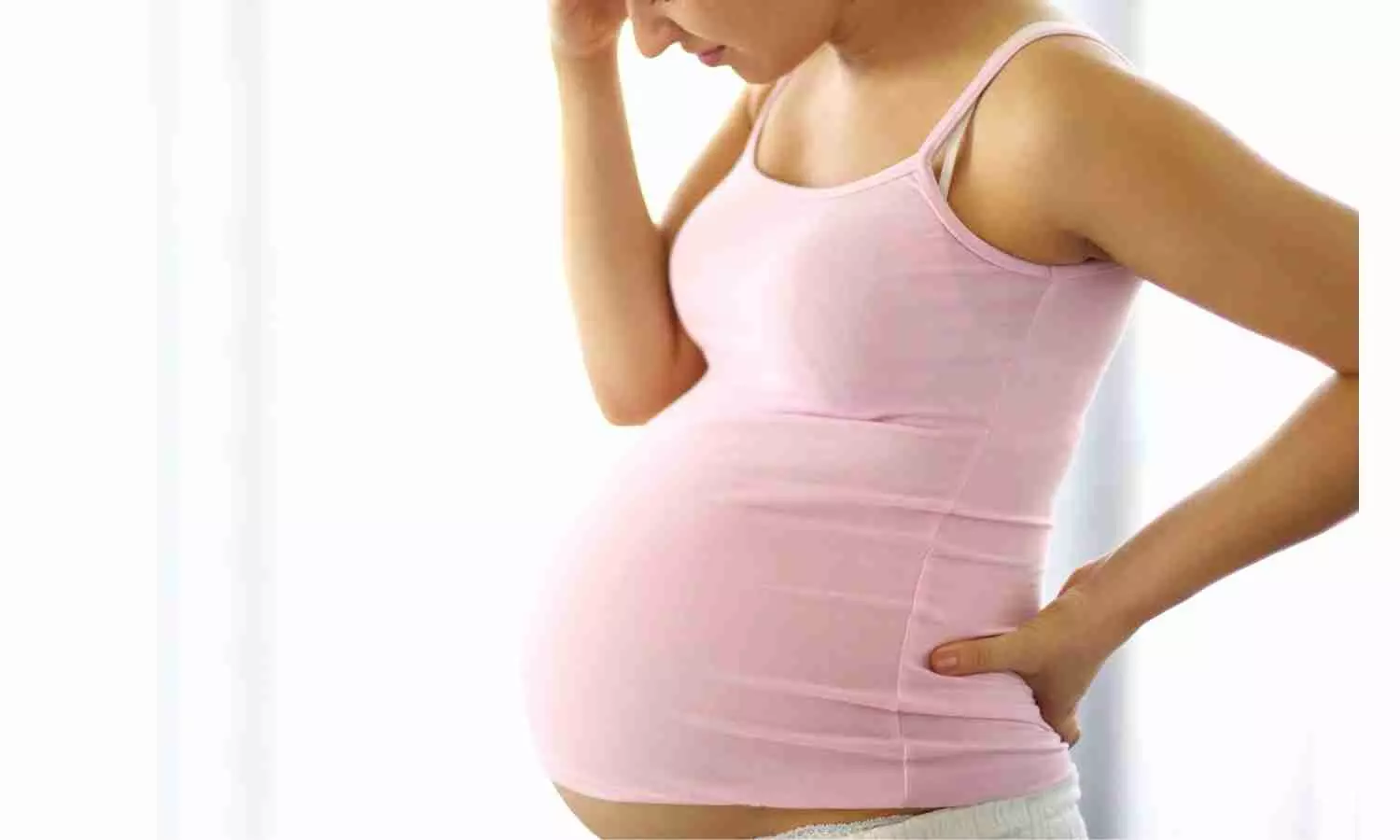Exposure to wildfire smoke and heat stress can negatively affect birth outcomes for women, especially in climate-vulnerable neighborhoods, according to a recent study led by USC postdoctoral researcher Roxana Khalili, PhD. The investigation, just published in Environmental Science & Technology, is one of the first to show that living in areas more susceptible to the harmful effects of climate-related exposures can significantly alter the effects of heat stress on adverse birth outcomes, even among women exposed to these conditions in the month before becoming pregnant. “We already know that poor air quality is associated with adverse health outcomes and that pregnant women and fetuses are especially vulnerable,” said Khalili, a researcher in the department of population and public health sciences at the Keck School of Medicine of USC and lead author of the study. “Our knowledge about the specific effects of wildfire smoke during pregnancy has been limited. We know even less about the impact of these hazards right around or before conception.” Khalili worked alongside Rima Habre, director of USC’s CLIMA Center to explore the associations between exposure to wildfire smoke and heat stress on infant health. They used data from the MADRES cohort (Maternal and Developmental Risks from Environmental and Social Stressors), an ongoing study of pregnant women in Los Angeles. “Where you live makes a difference in your health,” said Khalili. “So does the timing of your exposure during or immediately before pregnancy. We wanted to better understand how these risks might differ for women who lived in neighborhoods that experience more climate related stressors and have fewer resources to deal with them.” Measuring exposure The research team examined 713 births among MADRES participants between 2016 and 2020. They used data from CalFIRE (California Department of Forestry and Fire Protection) to identify the location, size, and duration of every wildland fire in southern California during the study period. They used the NOAA hazard mapping system to calculate the smoke density from each fire and applied sophisticated modeling methods to calculate ground-level smoke concentrations, estimating how much particle pollution—tiny droplets of black carbon, soot, and burned vegetation—the women in the cohort were exposed to during these events based on their daily residential location histories. Heat stress is another risk factor for pregnant women and fetuses, partly because pregnancy impedes a woman’s ability to regulate body temperature. To measure heat stress exposures in study participants, Khalili and her colleagues used meteorological data documenting the daily temperature, relative humidity, and wind speed. They also factored in a separate measurement that takes into account sun angle and cloud cover to gauge heat stress in direct sunlight, providing a better measure of how hot a given day feels when outdoors. Next, the team pinpointed those LA neighborhoods that are most vulnerable to climate risks with mapping data from the California Urban Heat Island Index and the US Climate Vulnerability Index, two geospatial tools that analyze and map layers of data. These tools allow researchers to conduct deeper, more nuanced analyses that better assess the cumulative impacts of factors ranging from excessive heat and wildfire smoke to socioeconomic conditions. Where there’s smoke… The researchers found that greater exposure to wildfire smoke and excessive heat during the month before conception and the first trimester of pregnancy was associated with greater odds of having a small-for-gestational-age (SGA) baby. An infant is considered SGA if their birth weight is below the 10th percentile of their expected weight based on their gestational age. SGA places an infant at greater risk of health problems, from immediate complications at birth such as low oxygen levels to long-term challenges, including potential metabolic, cognitive and neurodevelopmental impairments. The team also found an association between pregnant women exposed to moderate smoke-density days in the first trimester and having a low-birth-weight baby, or an infant weighing less than five pounds, eight ounces. Like SGA, low birth weight is linked to an array of potential health problems, both short and long term. “Overall, we found consistent associations between increased exposure to wildfire smoke and heat stress during preconception and the first trimester with the odds of having an SGA infant,” Khalili said. The study also suggested that living in a climate-vulnerable neighborhood could increase the odds of an SGA birth, particularly for women exposed to heat stress during preconception. For women living in the most climate-vulnerable neighborhoods, the study showed the effect of heat stress during preconception on the likelihood of an SGA birth almost doubled. Khalili and her colleagues also found that Fenton Z-scores, which measure…
